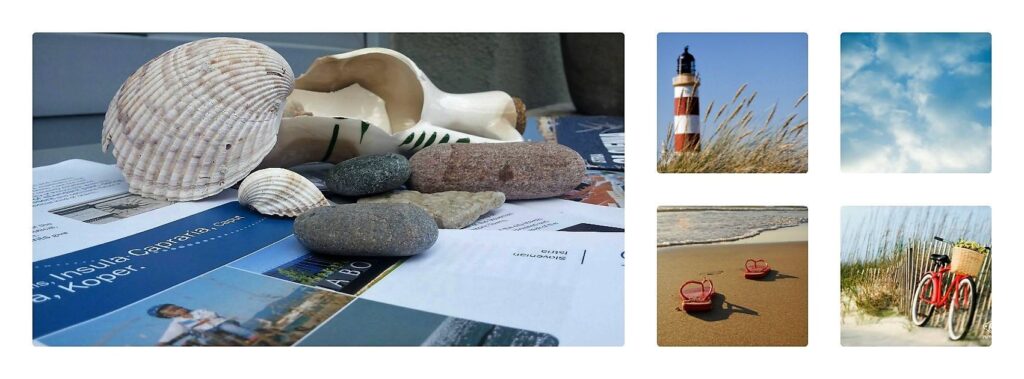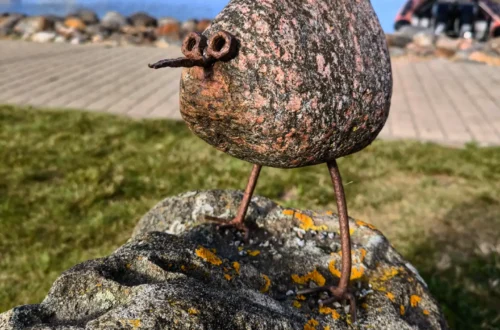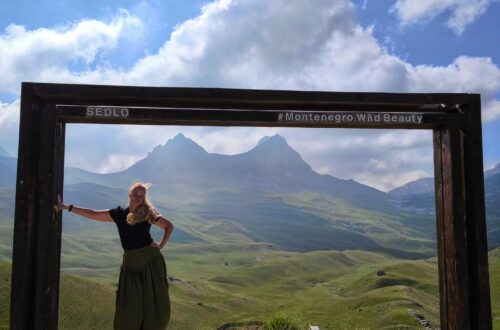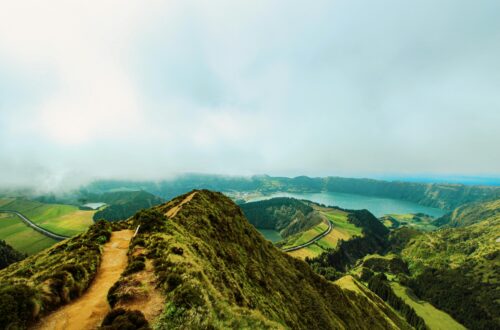Koper. Sloveenia. Roheline. Aktiivne. Tervislik.
Koper in the past and today. Green.Active.Healthy.
Aegida, Capris, Justinopolis, Insula Capraria, Caput Histriae, Capo D´Istria, Koper ehk minnes tagasi ajalukku, ulatub see see aega kui Koper oli saar…
Kõik eelpool esitatud nimed on olnud Koperi varasemad nimed seega Koper on läbi ajaloo olnud muutuste, erivalitsuste ja riikide all. Nii ongi, et kõikidest Sloveenia rannikulinnadest on just Kopet läbinud enim muutusi. Suurim majanduslik ja kultuuriline muutus, mida tänapäevalgi on tuntav toimus Veneetsia ajastul. Iga munakivisillutis tänavatel jutustab minevikust. Tore, et vanu maju restaureeritakse ja renoveeritakse, et tagasi anda ehe hõng.
Kuigi täna Koper ei ole saar (soolaväljade vähenemise tulemusena) muutusid üha olulisemaks maa- ja merevahelised sidemed Trieste ja Poreči kaudu.
Peale II maailmasõda poliitilitiliste muutuste tulemusena sai Koperist piirkonna majanduskeskus.
Täna läbi kultuuriürituste aastaringselt, eriti muidugi suvekuudel on Koperisse toonud “elu” ning hiljuti loodud Primorska ülikool annab linnale rikkaliku ajaloo, julge oleviku ning optimistliku tuleviku erilise hõngu.
Külasta Sloveenia Istriat. Vajad materjale? Soovid teada, mismoodi mekib Sloveenia traditsiooniline toit – tule Paldiski mnt 29, Tallinn, Mayeri ärimaja hoovipoolne osa, I korrus.
Koper in the past and today
The history of Koper goes back to the times of the Middle Bronze Agw, 1500 years B.C. In the past, Koper was an island, first inhabited in pre-Roman and Roman times.
Aegida, Capris, Justinopolis, Insula, Capraria, Caput Histriae, Capo D´Istria re the various names of Koper, whose image and name were altered throughout history by different rulers and states. Of all Slovenian coastal towns, Koper underwent the greatest number of changes and progressed a long way from the stony Goat Island to the economic centre of Slovenian Istria. Its modern image has deep historic roots and quite an art to bring together all these influences.
In Roman times, the town was called Capris, in the times of Pope Gregory I it was Insula Capraria (the Goat Island), in Byzantine era it was called Justinopolis, the patriarchs of Aquilea named it Caput Histriae. Only in the times of the Venetian Republic its name was changed to the Italian language: Capodistria. During the long Venetian rule, Koper underwent the most significant economic and cultural changes, which can still be felt today. The modern city of Koper is a member of the Slovenian Association of Historic Towns.
Every cobblestone of the city streets speaks of the past. Renovated and restored old buildings speak of the respect local people feel for the past. The most important periods were the times before World War I, the times of Napoleonic and Habsburg rules, the time when the saltpans were reduced in size and Koper was no longer an island. Its development was influenced significantly by the establishment of land and sea connections with Trieste and Poreč.
After World War II, in the times of great political changes, Koper became the economic centre of the region, a meeting point of nautical, seaside and sports tourism.
Various cultural events give life to its streets and squares all year round, especially in the summer months. Last but not least, the recently established University of Primorska, gives this city of abundant past, daring present and optimistic future a special kind of charm.




